Baby things have to be bought very often. In the first year of life, the child grows month by month. Many mothers want to save on buying products for babies, so they do needlework. This article tells how to sew a baby romper and what materials are needed for this.
- Types of baby onesies
- Fabric selection
- Materials and tools
- Generally accepted values of measurements
- Construction of a pattern for a romper suit
- Increase in size
- How to sew a baby romper with your own hands - step by step process
- Neckline on the back
- Sleeve width
- Sleeve bottom line
- Front and scratches
- Assembly
- Decorative processing
- The optimal number of baby clothes for newborns
Types of baby onesies
Baby onesies are universal practical clothes, they are quite loose, the child is very comfortable in them. Many children grew up in such onesies.
Types of children's products are classified:
- Type of fastener - ribbons, magnets, buttons;
- The location of the zipper - front or back;
- Sleeve sizes;
- Decorating the seams - inside and out;
- Equipped with scratching mitts.
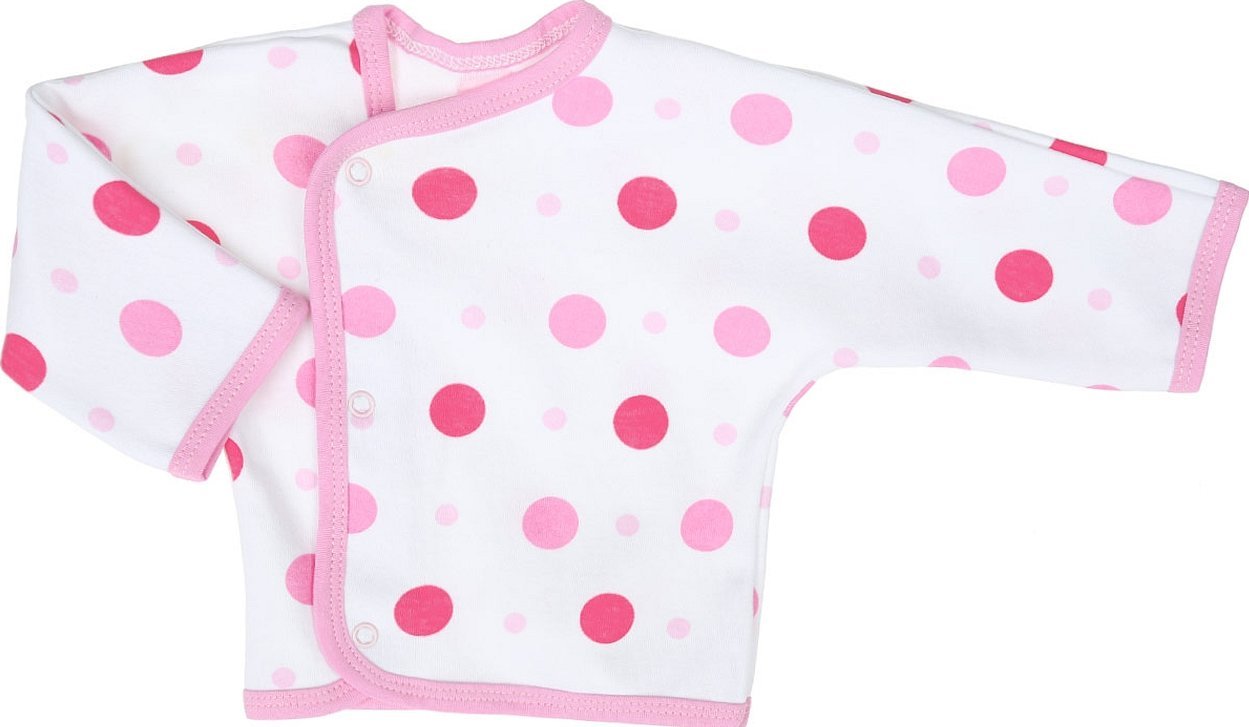
Please note! For newborns, it is advisable to buy baby rompers with long sleeves, seams on the outside, with buttons on the back. The seams will not rub the baby's skin and it will be convenient for parents to change him. DIY baby rompers for newborns patterns can be found in sewing magazines. Below are several options. You can also make several children's dresses or blouses from 0 years old using them.
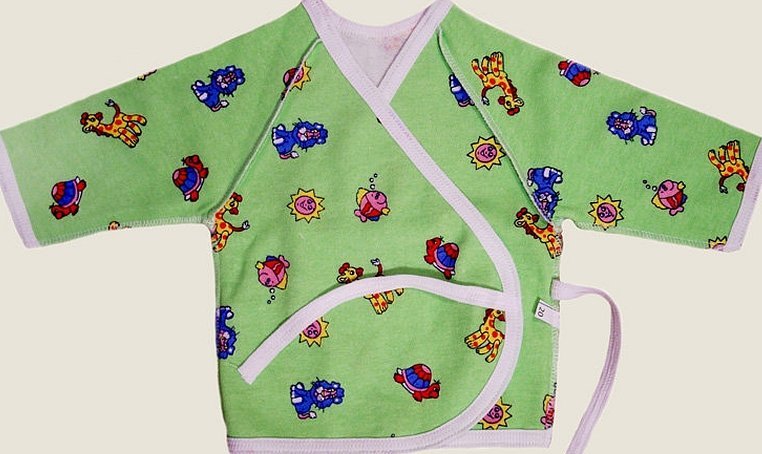
Fabric selection
In summer, it is better to take light materials for sewing baby clothes, for example, chintz or cotton. In winter, piping materials are suitable.
The fabrics should be soft enough and not cause allergies in the child. For baby clothes, you cannot buy materials with bright pigments, they quickly fade and stain the skin. It is advisable to take fabrics of delicate tones and without patterns.
Materials and tools
To complete the work you will need a sewing machine, so the product will be more durable, yarn, bias tape for finishing seams, buttons or snaps, you can sew on satin ribbons.

You will also need a tape measure, needles and fabric chalk, as well as any suitable pattern.
Generally accepted values of measurements
For babies, there are generally accepted measurements: width of ½ front - 13 cm; sleeve length - 14 cm; neck depth - 2 cm for the back and 6 cm for the front; half sleeve size at the wrist - 10 cm; the size of the whole product - 27 cm. Measurements will vary depending on the weight of the child. These were the smallest values. Below is a table of measurements for children.

Construction of a pattern for a romper suit
A full-size pattern for a newborn baby's romper is not made. The pattern can be drawn on a half-size sheet of paper with a supposed cut along the center of the back and the front. The back and front of the product differ in the depth of the neck and allowances of 3 cm along the middle cut to make the smell.
To make a pattern, you need to make points: indicate a right angle with segments of 25 cm down and to the right; make a center on the horizontal segment; mark the neckline for the back and for the front on the line; from the top on the horizontal segment make lines down by 8 cm, and from the point of the sleeve and front contour by 5 cm and draw a connecting line; from the last segment lower the corner. The pattern for a children's product is ready. You can come up with it yourself or find several options on the Internet.
Increase in size
The drawing in this case does not need to be adjusted. Only when transferring to the material, you need to trace the template along the contour, making indents of several centimeters.

It may also be necessary to slightly increase the neck area, depending on the weight of the child. The neck should be wide so as not to rub the skin. The child should be as free as possible so that heat rash does not develop in the summer.
How to sew a baby romper with your own hands - step by step process
Like any product, sewing a romper begins with a sketch. It is drawn from a rectangle. Make 30 cm vertically, this will be the length of the item. Draw 15 centimeters horizontally. These indicators can be found by taking measurements: divide the half-girth of the chest by two and add 2 cm for a light fit. Sewing a romper for a child is very easy, the main thing is to adhere to the diagram and the rules for processing seams.
Neckline on the back
When the drawing is done, you need to make a neckline for the back of the product. Mark 4 cm from the top of the rectangle. Approximate calculations: divide the half-girth of the neck into three parts. 15/3 = 5 centimeters. Then draw 2 cm down. And make a smooth line for these two points.
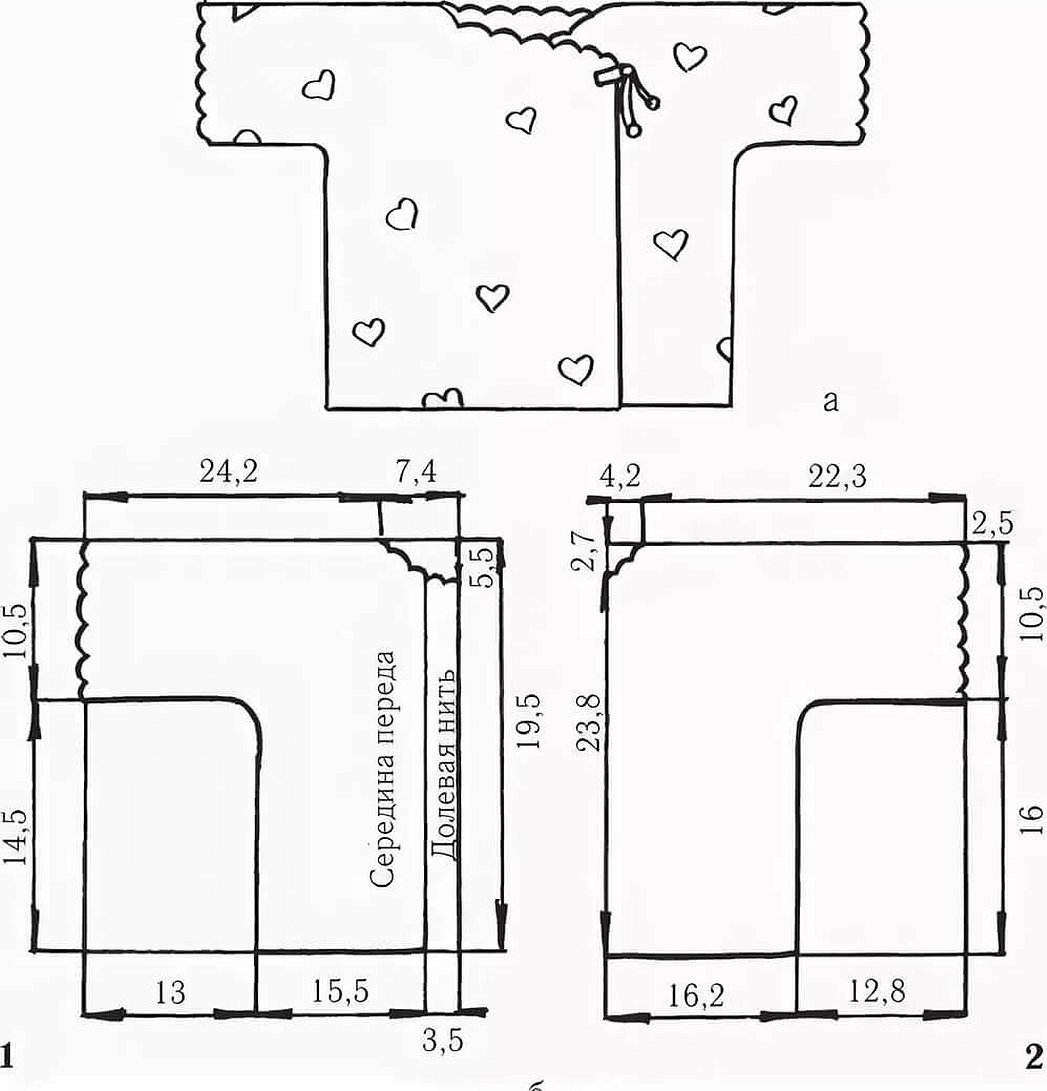
Sleeve width
Next, you need to make the sleeves. Its length will be about 14 cm, it is advisable to take measurements using a centimeter.
The sleeve length should be indicated on the drawing. From the top point of the sleeve, draw ½ of the sleeve width down and add 4 cm allowances.
Sleeve bottom line
The bottom line needs to be made smooth. To do this, you need to draw three centimeters up on the side cut and indicate this bottom line.
Front and scratches
To make the front part of the product, draw ½ of the BC value from point A to the left. And indicate segment C1. Make a line parallel to the AB rectangle line with a size of 2 cm up from it. For scratches, use the sketch shown below.
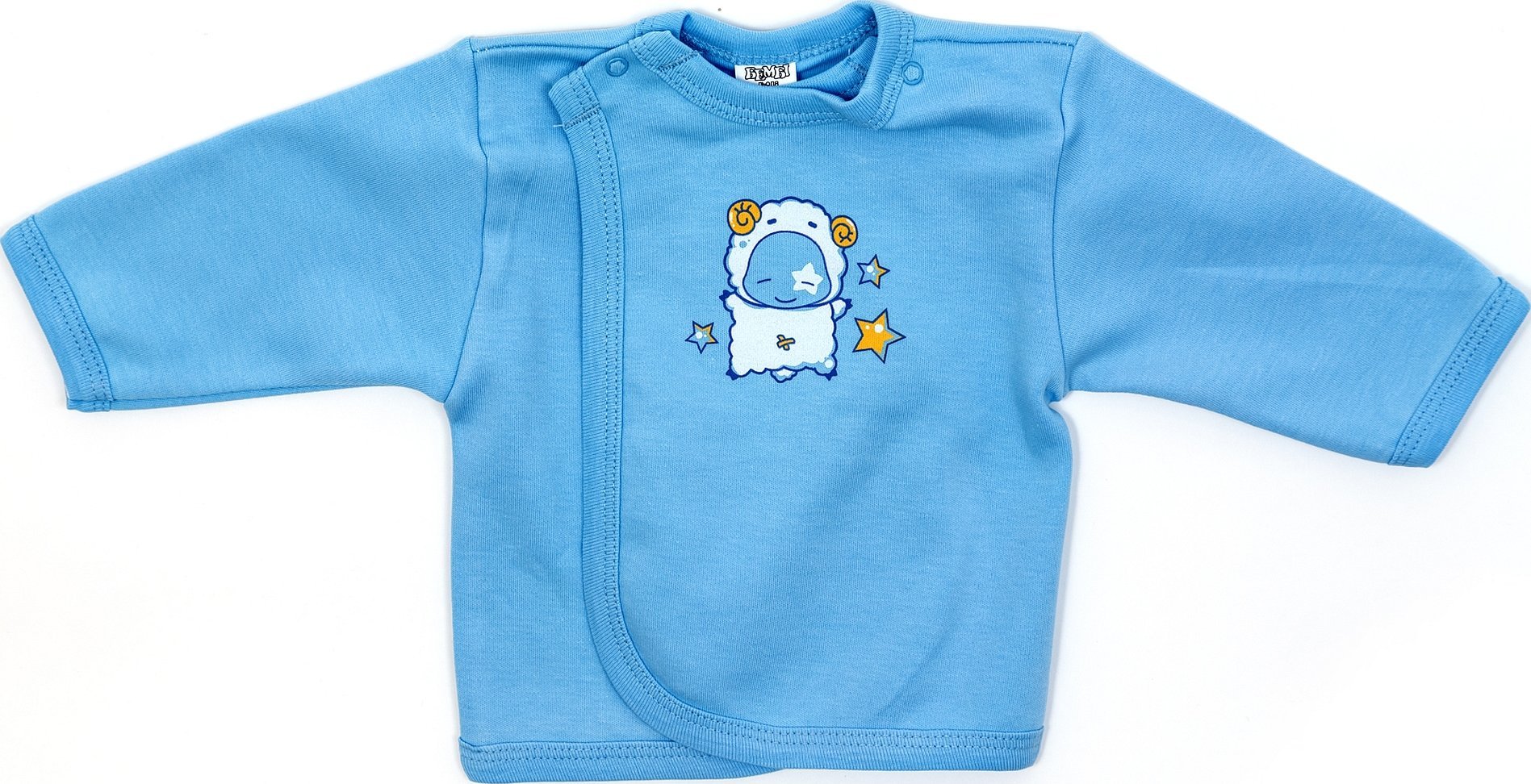
The finished drawing needs to be transferred to the material. Sew the mittens with the seams on the outside so that they do not rub the child. Everything can be sewn using an overlock.
Assembly
Place the front and back with the wrong sides facing each other. Sew using a sewing machine, so the product will be denser and more durable. If the fabric is fraying, it is better to process the edges on an overlock or with a hand stitch, making the stitches short.
Decorative processing
Many parents want their children to look bright and individual, so they prefer bright fabrics rather than neutral ones. If the rompers are made independently, then you can turn on your imagination and decorate them beautifully with ribbing or satin ribbons.
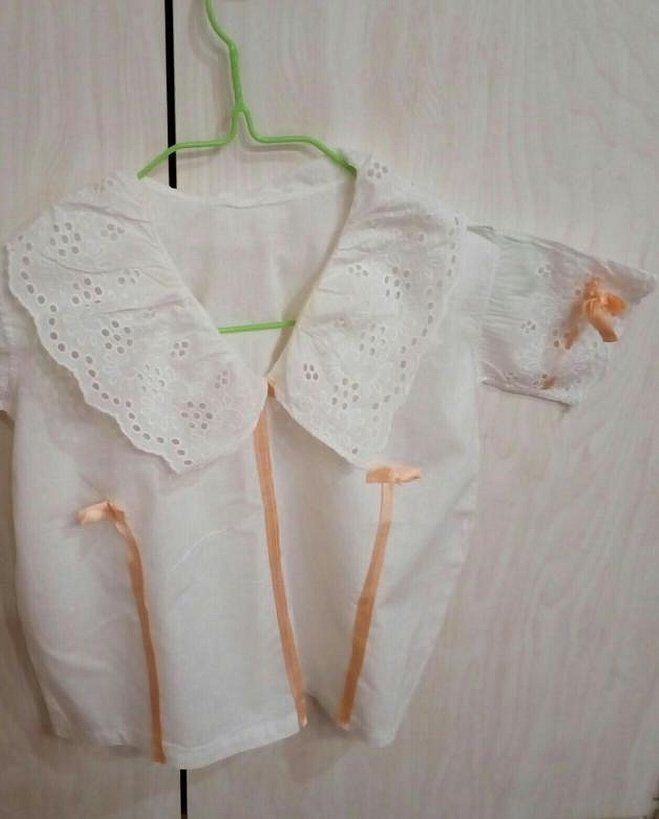
For example, a beautiful collar and cuffs for a baby can be made from linen stitching with a punched pattern and embroidery, and nice knitted lace is used as a jabot on the chest of a child's garment. You can make embroidery or patches. In this way, you can give the garment a little originality. Some mothers really like to sew a satin ribbon along the contour of the garment, thus making an edging.
The optimal number of baby clothes for newborns
Rompers are sewn together with rompers, there should be enough of such sets of clothes. After the birth of the child, there should be 15 rompers in the arsenal, as they quickly get dirty. But there is no need to buy too many, as children grow very quickly by 1-1.5 sizes per month.
In summer weather, the fabric for children must be breathable and not cause allergies or redness. Several times a day, the child must be undressed and the skin must be given a rest, even if the clothes are made of pure materials. In winter, it is better to give preference to warm overalls with rompers, but without fleece, so as not to irritate the skin.
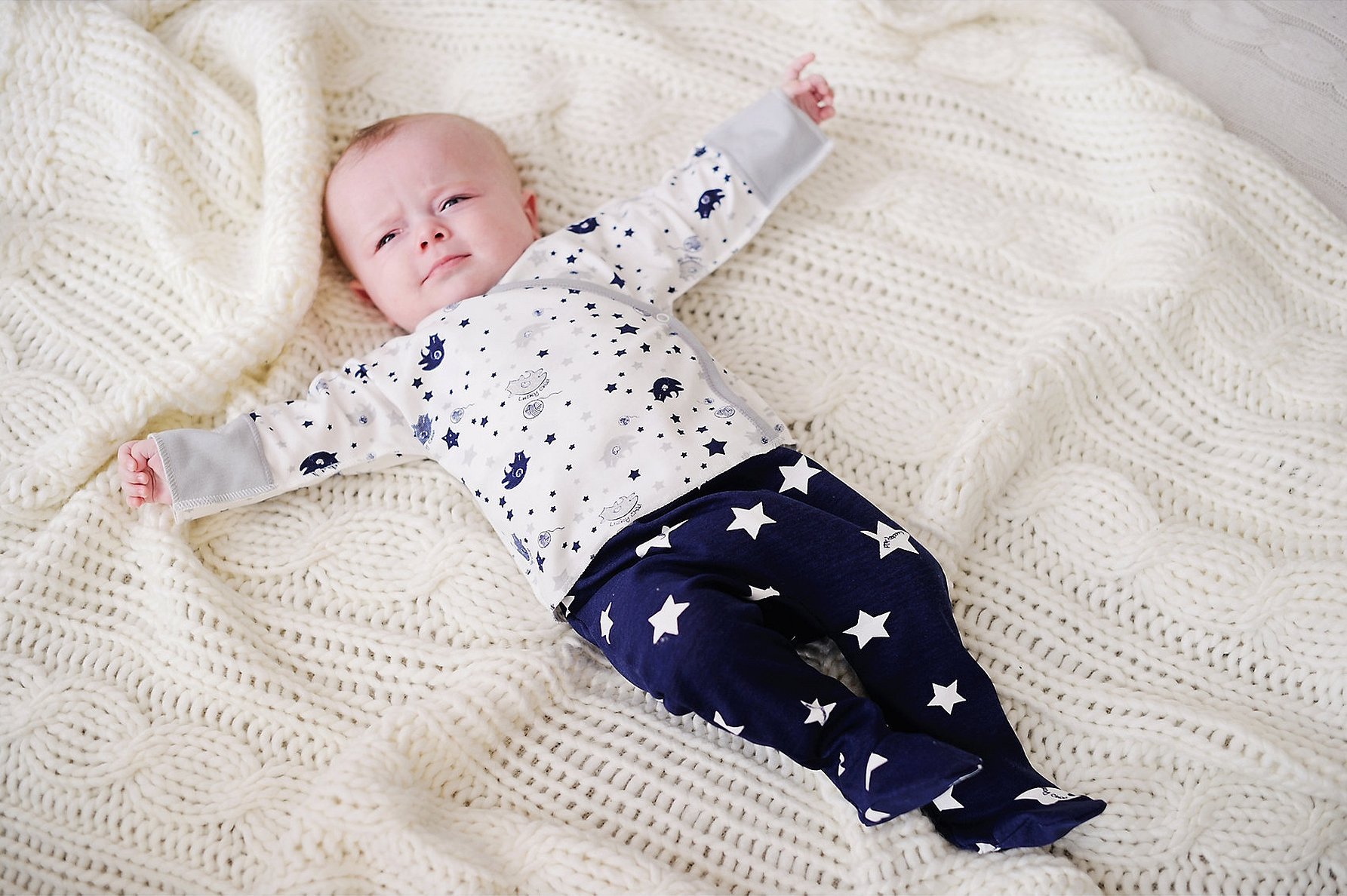
Important! Dressing a child in small or tight clothes is not allowed.
It is necessary to wash children's clothes separately from adults. Use only liquid powders and conditioners for delicate washing. Since baby clothes and rompers get dirty quickly, it is not recommended to use a machine wash every time, as pellets may form on the fabric. The optimal water temperature is 40-50 degrees, it is advisable to wring by hand, not in a machine. Drying is allowed on heating devices or in direct sunlight, ironing should be done at a temperature of 100 degrees or using a steamer. It is better to store children's products in a separate chest of drawers or cabinet.
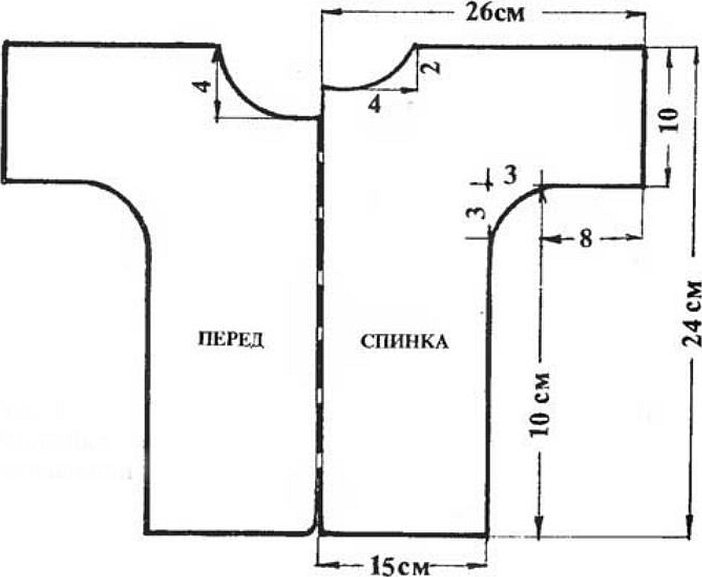
In conclusion, it should be said that sewing baby rompers yourself is very easy. This will help save the budget of a young family, as well as include all your imagination and make an original and beautiful product, while putting all your love into it. Many patterns for baby rompers are presented in master classes on various forums for mothers.




